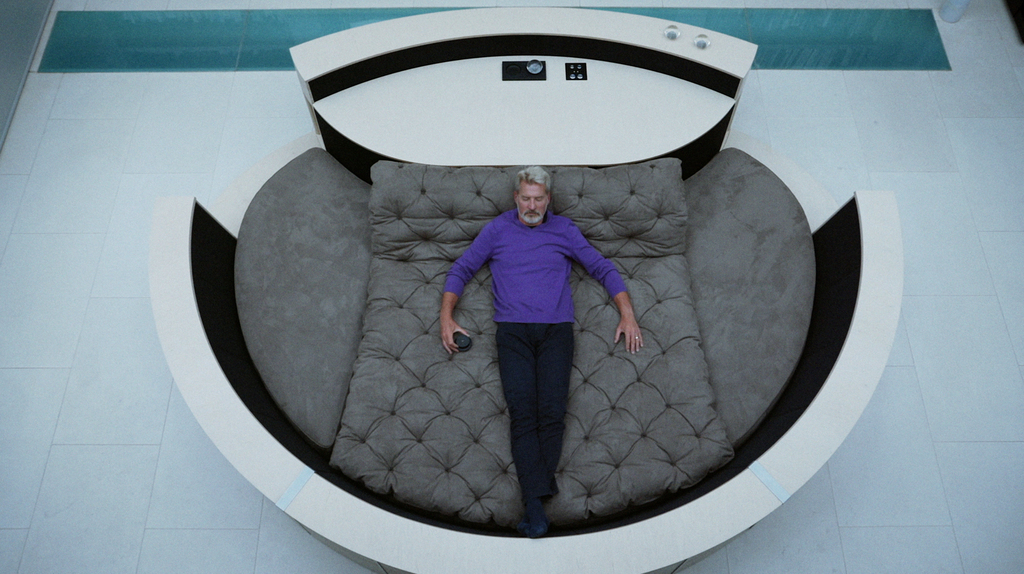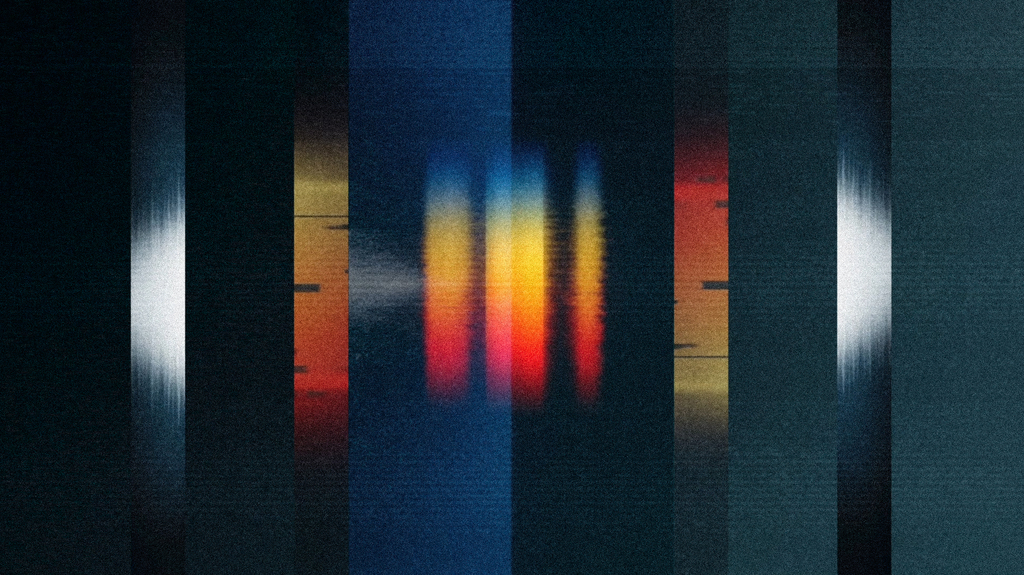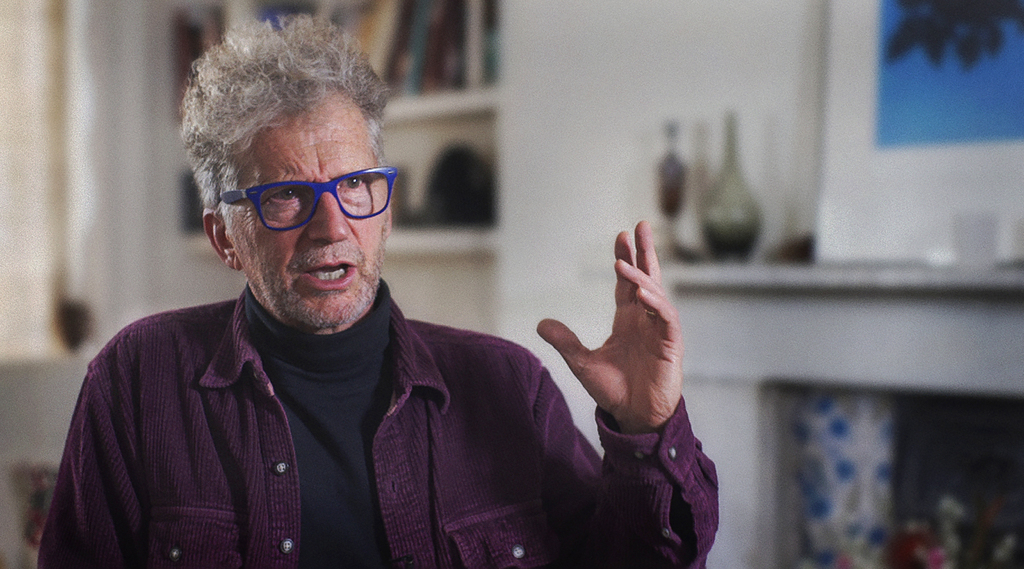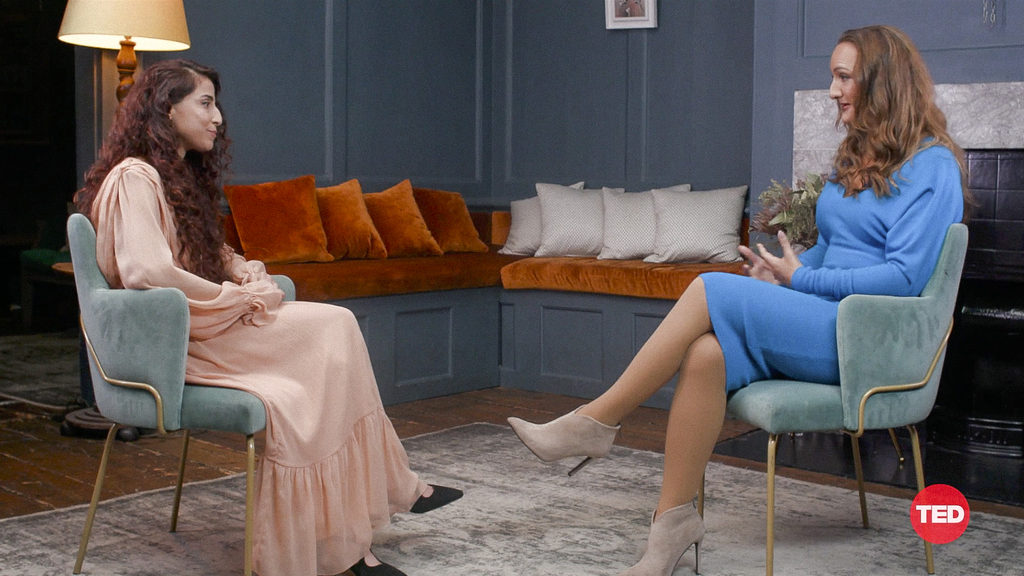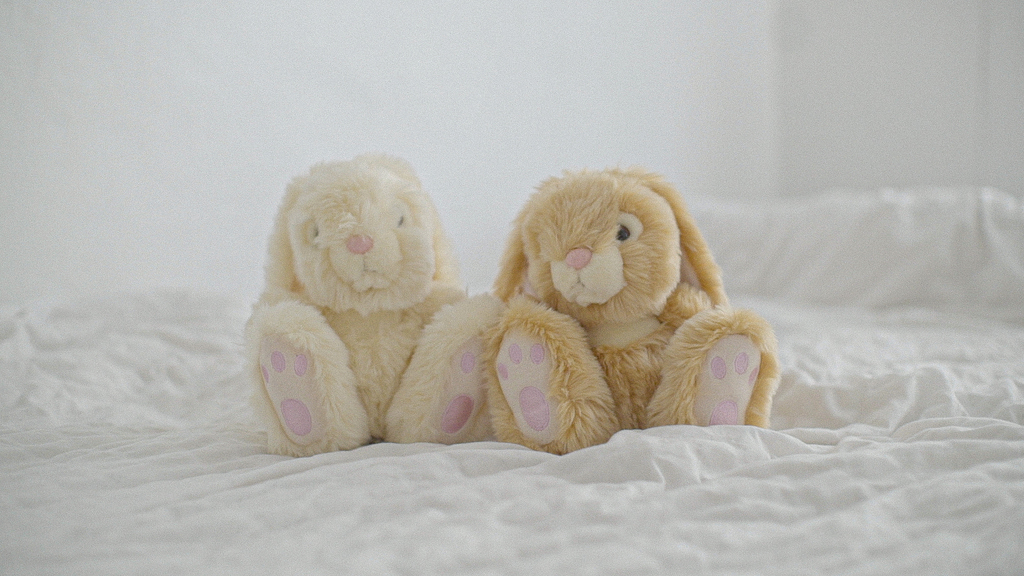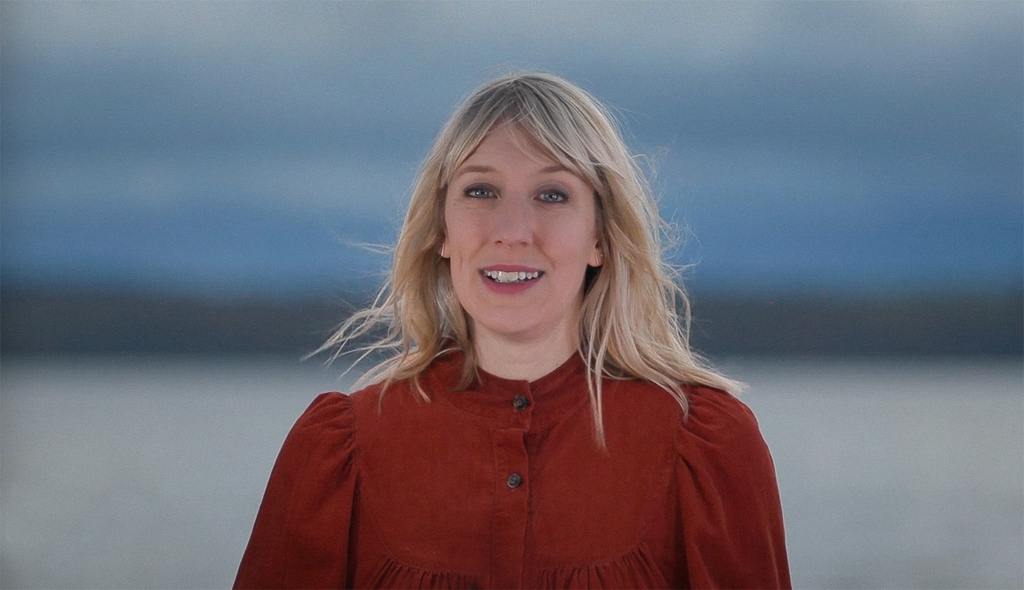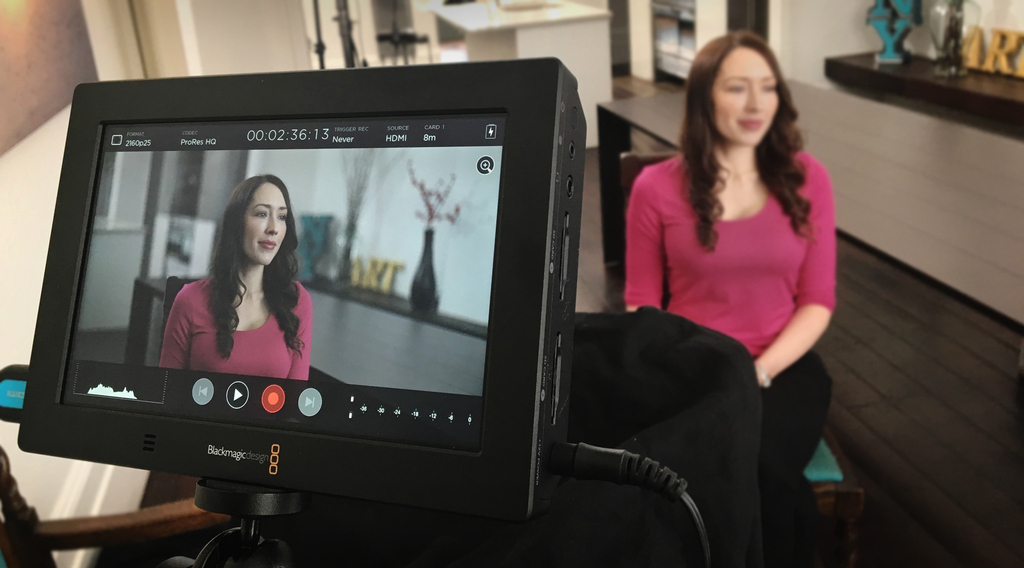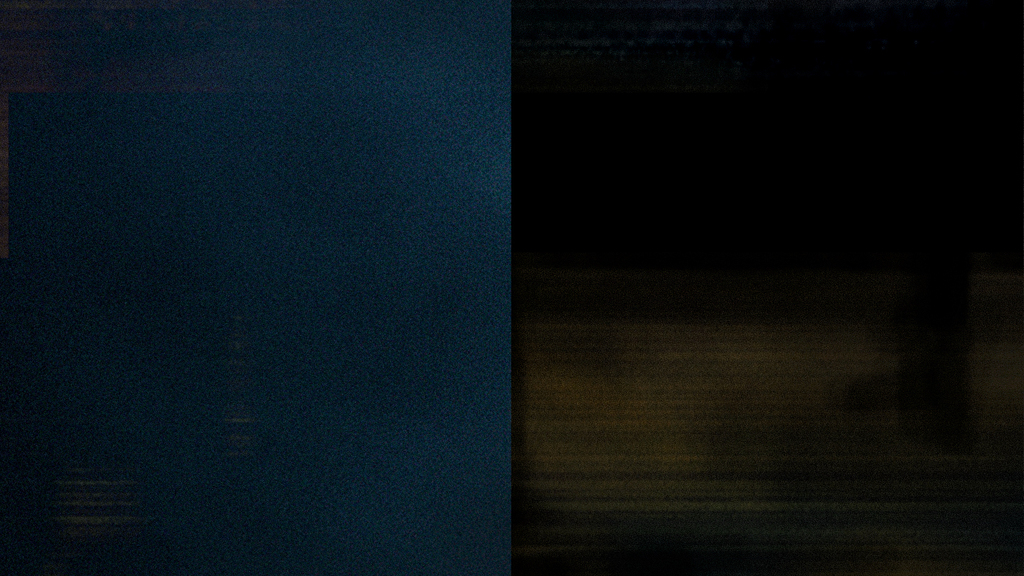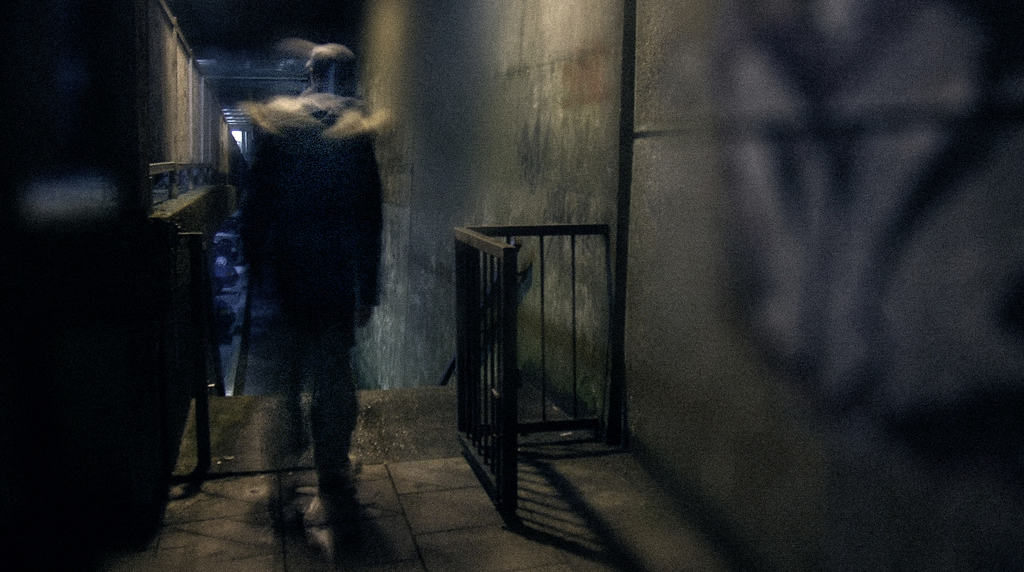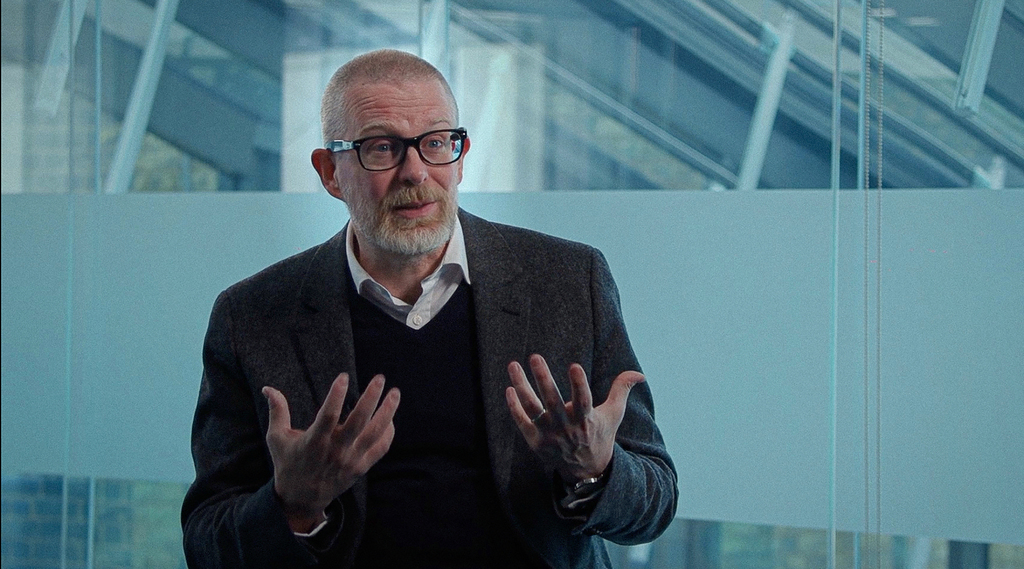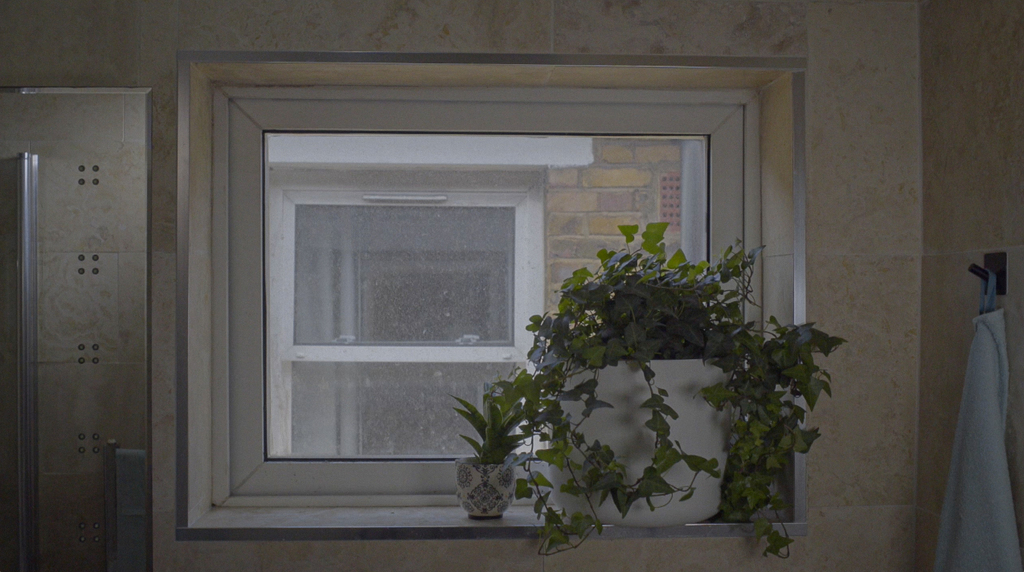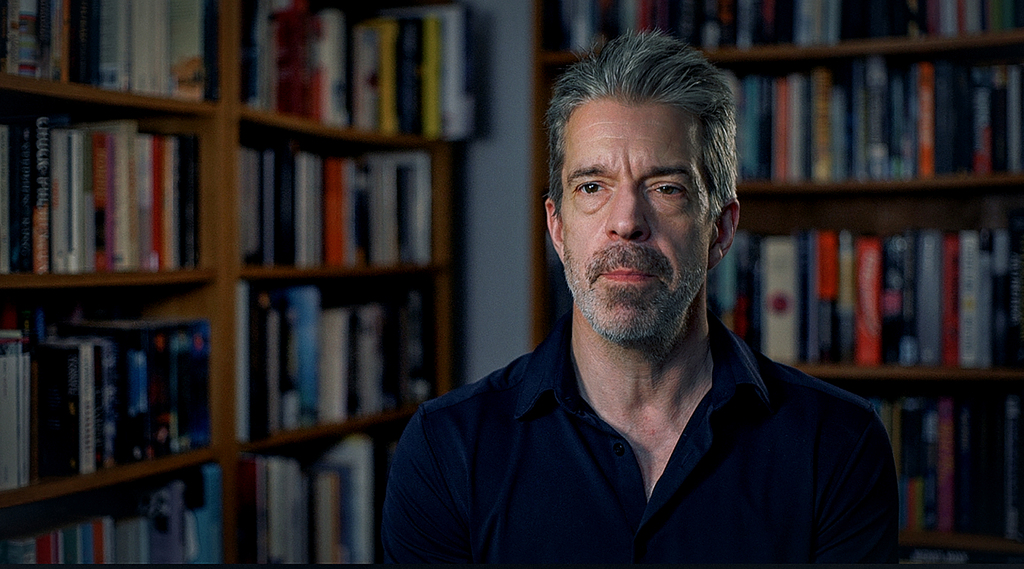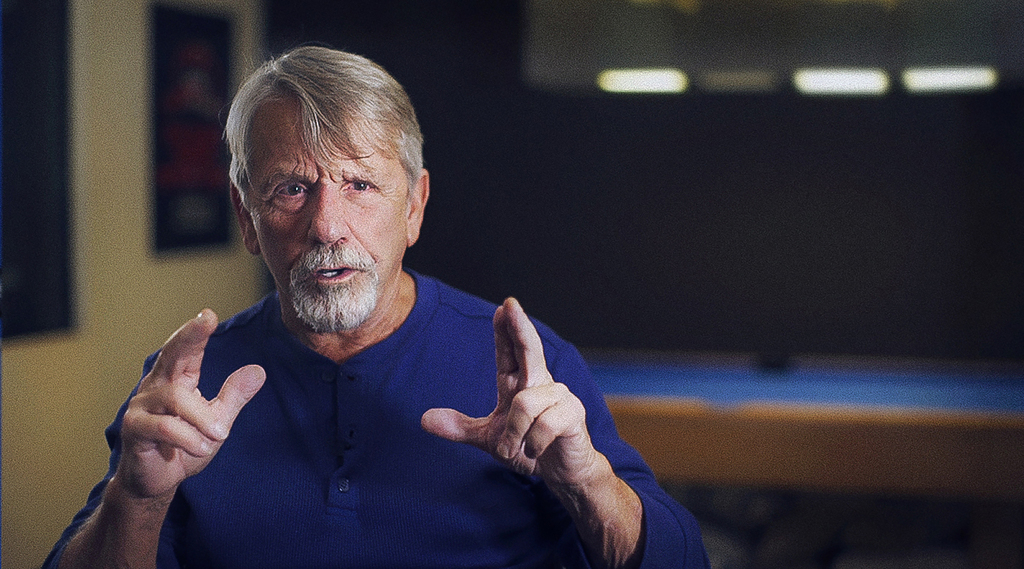
Director of Photography
Interview with Sean Cunningham
Director of Photography - Interview with Sean Cunningham
I was recently asked to serve as Director of Photography for an interview with the legendary Sean Cunningham, best known as the director of Friday the 13th, among other iconic horror films. It was a fascinating experience hearing Sean speak not only about the production of Friday the 13th but also about the broader cultural landscape of horror in the 1980s.
For the interview setup, I opted for a minimalist lighting approach using just two lights: a key and a back light. I made the deliberate choice to avoid using bounce or fill light, favouring negative fill instead. I felt this helped to create a subtle sense of mystery, an aesthetic that aligned well with Sean’s filmography and the tone of his work.
Although there was no natural daylight in the room, there were practical lights above a pool table in the background. I felt these lights served as a motivating source from behind and also the lights had enough throw to bounce off the white wall on the camera-left side, adding dimension and visual interest to the space without overpowering the subject.
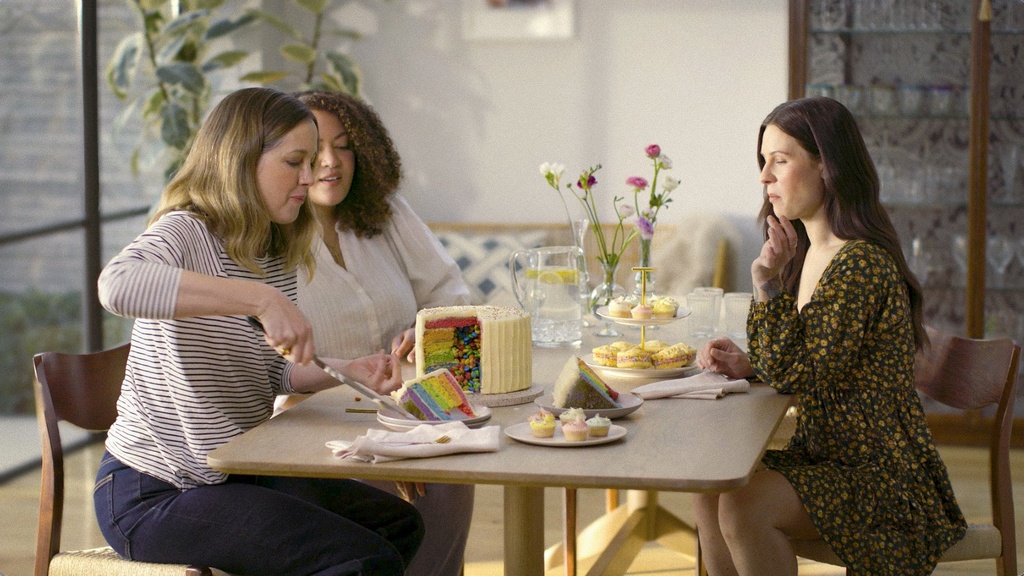
Director of Photography
Hummingbird Bakery
Hummingbird Bakery
I was hired to light four different scenes for a Hummingbird Bakery marketing campaign, designed to showcase their range of cakes and sweet treats. The goal was a natural, inviting aesthetic that highlighted the products without feeling overly staged or over-lit.
The shoot took place in mid-winter, when I feel the UK sun has a particularly sharp, crisp quality, distinct from the softer light found in other seasons.
Sometimes, one light can be enough. For the interior daylight scenes, I used an HMI placed outside, aimed through the patio windows but kept out of the camera frame. This allowed me to supplement and control the natural light while maintaining a clean, sunlit look.
I also used the existing blinds to modulate and shape the light inside. With the room already benefiting from natural daylight, positioning the HMI outside helped maintain consistent brightness throughout the shoot, ensuring the cakes, actors were exposed for while preserving an natural, authentic atmosphere.
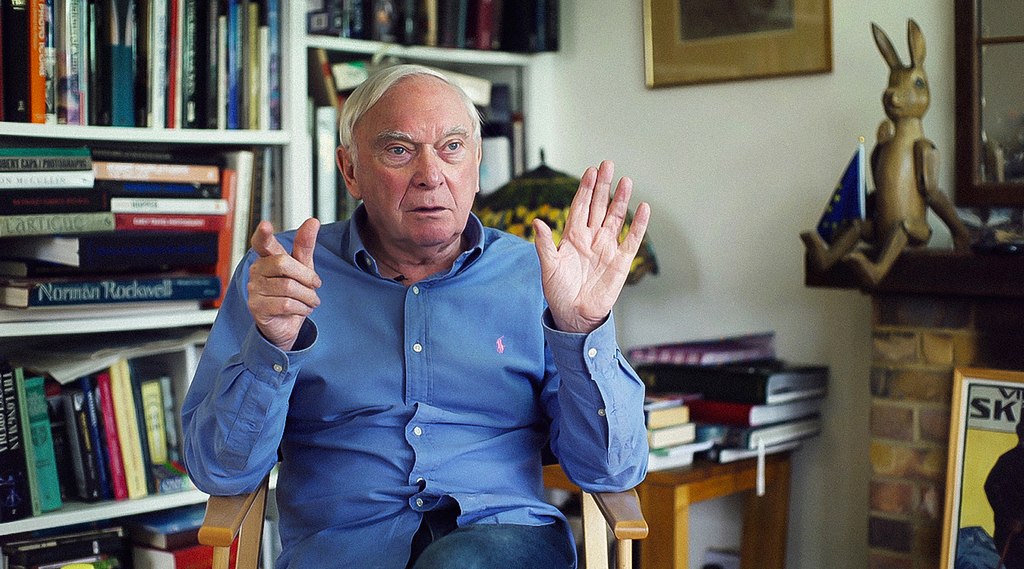
Director of Photography
Interview with Peter MacDonald
Director of Photography - Interview with Peter MacDonald
I had the opportunity to serve as Director of Photography for an interview with legendary director and cinematographer Peter MacDonald, best known for films such as Hamburger Hill, The Bourne Ultimatum, and Harry Potter and the Goblet of Fire, among many others. Peter shared fascinating stories from his decades in film, making it a true privilege to capture the conversation on camera.
For the interview setup, I embraced the natural light of the location. A large window (to camera right), softened by net curtains, provided beautifully diffused daylight, which I used as the key source to create a natural, organic aesthetic. To balance the changing intensity of the sun, I introduced a single additional light, bounced off the white wall to Peter’s right, ensuring consistent exposure throughout.
On the opposite side, the bookshelf (to camera left) added just enough negative fill to shape Peter’s face and create subtle contrast. The result was a simple yet cinematic setup that presented Peter authentically and kept the focus on his presence and storytelling.
